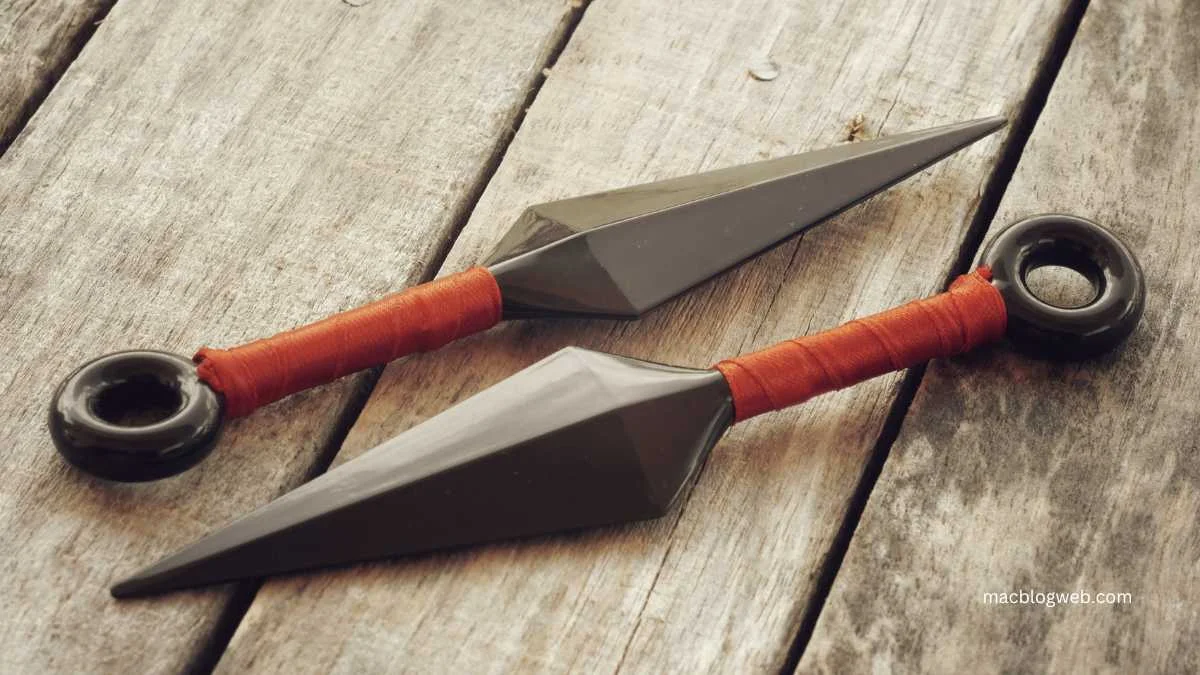The ninja, also known as shinobi, were covert agents of feudal Japan, specializing in espionage, deception, and surprise attacks. While popular culture often blends the imagery of ninjas and samurai, they were distinctly different in their roles and the tools they employed. They used a unique set of ninja weapons optimized for stealth, speed, and precision, which were crucial in their secretive missions. This detailed exploration delves into the historical context and functionality of various ninja weapons, distinguishing them from those used by the samurai.
Historical Context of Ninja Weapons
The ninja weapons emerged during the tumultuous periods of Japan’s history, particularly during the Sengoku period (1467-1615), a time of social upheaval, political intrigue, and near-constant military conflict. Ninjas were employed by feudal lords (daimyos) to gather intelligence, conduct sabotage, and assassination. Unlike the samurai, who adhered to a strict code of honor and combat, the ninja’s tactics were rooted in guile and deception, necessitating a different set of tools.
Key Ninja Weapons and Their Functionalities
Katana (Ninjatō):
Often misconstrued as the samurai sword, the ninja version, typically called ninjatō, was shorter and straighter than the curved katana of the samurai. Its size made it easier to wield in confined spaces and more convenient to carry concealed. Contrary to popular belief, ninjatō were not primarily designed for slicing but were effective for quick stabs in close combat.
Shuriken:
Perhaps the most iconic ninja weapons, shuriken, or throwing stars, were multifunctional tools. Made from thin, sharp-edged metal, shuriken were used to distract, deter, or wound opponents. They could be thrown at enemies or embedded in the ground as caltrops to slow pursuers.
Kusarigama:
This weapon combined a sickle (kama) with a weighted chain (kusari). The kusarigama was used to trap an opponent’s weapon or immobilize them by entangling their legs or arms, allowing the ninja to use the sickle for a lethal strike. The chain component could also be used from a distance to control or manipulate the movement of the opponent.
Tanto:
A small blade resembling a knife, the tanto was a stabbing tool often carried as a secondary weapon. It was used for close-quarter combat, offering the ninja a lethal option when stealth was no longer an option.
Sai:
Originally a farming tool, the sai was adapted into the ninja weaponry for defense and pinning. Its pronged shape could effectively trap and snap the blades of an opponent, and it could also be used to strike.
Smoke Bombs:
Essential for escape and distraction, smoke bombs were among the quintessential tools for ninja operations. These bombs could create a dense smoke screen, allowing ninjas to evade detection or escape after completing their missions.
Blowguns (Fukiya):
Used for delivering silent, long-distance attacks, blowguns were another stealth weapon in the ninja’s arsenal. They could be used to incapacitate guards or enemies silently with darts that were sometimes poisoned.
Bo Staff (Bō):
A versatile wooden staff that was used both defensively and offensively. The bo could be used to block attacks, strike opponents, or vault over obstacles during pursuits or escapes.
The Distinction from Samurai Weapons
Unlike samurai weapons, which were often symbols of status and crafted with great aesthetic care, ninja weapons were primarily functional and inconspicuous. The ninja’s tools were designed for efficiency and practicality, reflecting their need for secrecy and deception. Samurai swords, with their ornate hilts and meticulously folded steel, were used in open combat and carried openly as a mark of the warrior’s status. In contrast, ninja weapons were simple, versatile, and easily concealable, aligning with their covert nature.
Conclusion
The ninja weapons were a direct reflection of their secretive lifestyle and specialized tasks. Designed for stealth and efficacy, these tools distinguished the ninja from the samurai and enabled their survival in dangerous missions. Understanding the historical context and specific functionalities of these weapons sheds light on the innovative and resourceful nature of the ninja, whose legacy continues to fascinate and inspire to this day.
FAQs
- What is the difference between a samurai sword and a ninja sword?
The ninja sword, or ninjatō, is shorter and straighter than the samurai’s curved katana, designed for stealth and close-quarters combat. - What were shuriken used for?
Shuriken, or throwing stars, were multifunctional tools used to distract, wound enemies, or slow pursuers when embedded in the ground. - How did ninjas use smoke bombs?
Smoke bombs created dense smoke screens to obscure vision, enabling ninjas to evade detection or escape after completing missions.








